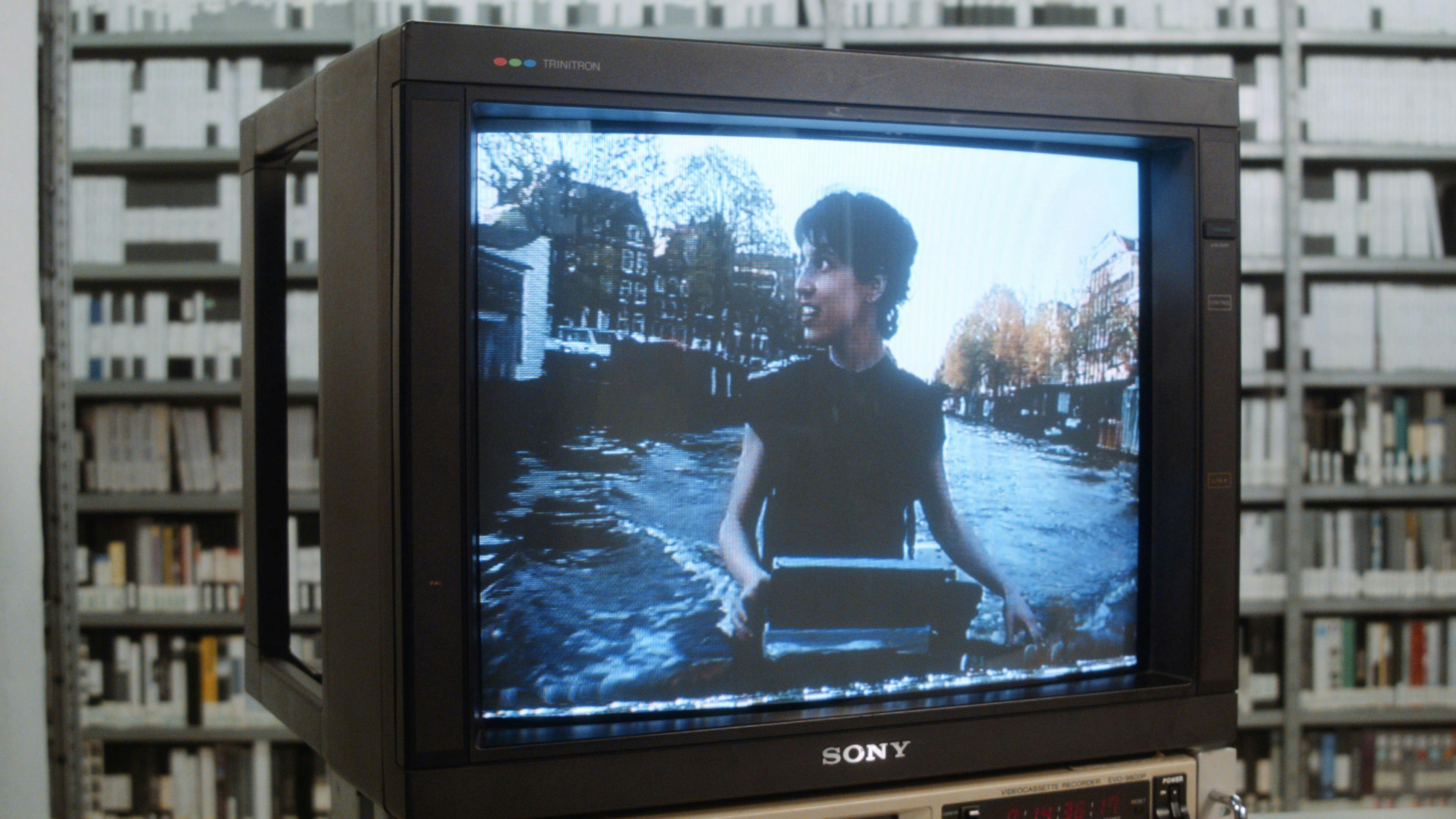Archives at Risk: Doors of Perception
4 March 2024 - 9 June 2024
In the foyer of the Nieuwe Instituut you can now see the presentation surrounding the archive of Doors of Perception. It is the fourth installation of the campaign Archives at Risk: Seeking Shelter, in which Network Archives Design and Digital Culture draws attention to the problem that without a national policy and structural budget, many design archives will be lost.
The Netherlands is famous for its design and digital culture. Ranging from product-, furniture-, graphic design to social design and digital productions, it is collected and displayed worldwide. However, hardly any attention is paid to the archives of designers. An important part of Dutch design memory therefore is at risk of disappearing, as the Netherlands currently lacks a central policy and structural funding to preserve these archives. And it is precisely the archives that offer insight into the social context of the artistic practice, innovative techniques and pioneering experiments. This installation, initiated by the Network for Archives of Design and Digital Culture (NADD), brings the issue to the surface.
Doors of Perception (1993-1999)
Video tapes, reports, program booklets and flyers; thirty boxes full are currently hiding under an overhang in a garden in France. Such is the state of the archive of one of the leading events in digital culture in the Netherlands: Doors of Perception (DoP).
Doors of Perception was a groundbreaking conference initiated by Kristi van Riet and John Thackara, the director of the Netherlands Design Institute. It brought together cutting-edge thinkers and creators in the fields of graphic and industrial design, architecture, information technology, philosophy, computer science, business and media to work together on innovative solutions for a more sustainable world. The meetings and conversations at the conference proved to be a catalyst: many influential collaborations and initiatives emerged from them. Examples include The Digital City (De Digitale Stad), WIRED magazine, photography platform Flickr and collaboration tool Slack. Doors of Perception connected developments in the tech world to those of design and philosophy, and put the Netherlands on the map as a cradle for progressive ideas.
The archive
The archive contains valuable information that sheds light on this extraordinary period of technological innovation in the nineties, both in the Netherlands and internationally. This contrasts sharply with the status of the archive, which cannot currently be taken up by Dutch institutions. All this knowledge hasn’t been preserved properly, and therefore it is not accessible for researchers, students, makers and creators. Because of this lack of access to this heritage, we are missing out on valuable building blocks – not only now, but also for the future.
Video by Luc Schraauwers.
DOProm at Mediamatic
On the occasion of the presentation at the Nieuwe Instituut, there is an opportunity to explore the interactive DOProm at Mediamatic in Amsterdam! Go and browse through the contents of the first Doors of Perception conference, and take a look at the revolutionary ideas that emerged in the time when the Internet was becoming more accessible to the public. This DOProm was published in conjunction with Mediamatic on the occasion of the first conference in 1993. Read more about the DOProm presentation at Mediamatic, which is on view until 16 June 2024.
Network for Archives of Design and Digital Culture
As there is not one central organisation in the Netherlands that takes care of the design heritage, several organisations and makers united in 2021 in the Network Archives Design and Digital Culture (NADD). The network focuses on exchanging knowledge on archiving, making design archives visible, and developing a digital infrastructure to make the multitude of archives accessible. The aim is, on the one hand, to show the importance of this heritage to society and, on the other hand, to find a more sustainable solution for the conservation and preservation of these archives. NADD consists of over 40 partners: large and small heritage institutions that manage archives, designers, professional organizations, educational institutions, and experts in the field of design.


